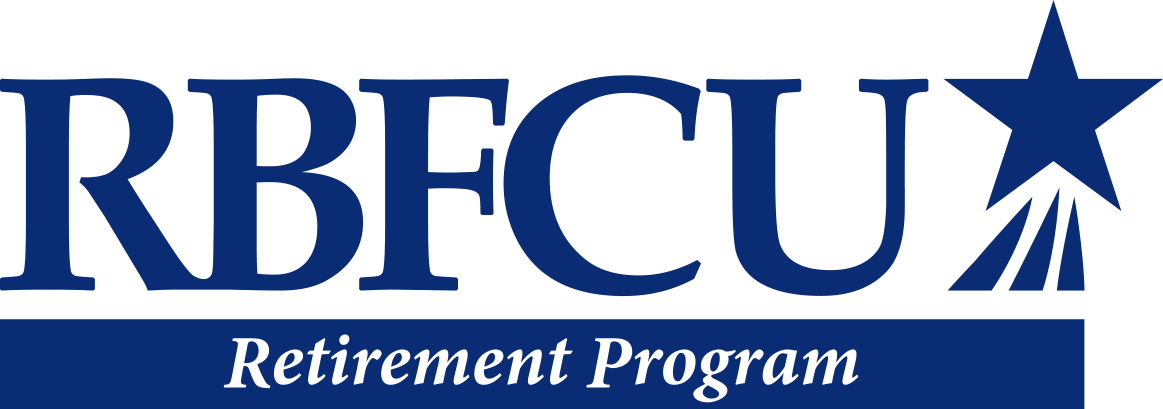Power in Your Pocket: Ways to Save and Invest for K-12 School Employees
Like many Texas K-12 teachers and school employees, you may be balancing household expenses, student loans and other family fiscal responsibilities. Yet, through simple savings strategies, you can build up a little cash for now or even retirement.

Yes, setting aside even a few coins every week makes a difference. Over time, the savings habit may even help advance your longer financial goals ─ including funds to supplement your Teacher Retirement System (TRS) pension.
Make time — and your money — work for you
Thanks to compound interest, even small amounts of savings can add up and grow over time — and the sooner you start, the longer that money has to grow. Because your savings earn interest, and then earn more interest on the initial amount plus past interest, that money may keep growing even if you’re unable to add more to the balance.
The pace of growth will depend on how much money you set aside and on the interest rate that money earns. But there’s a simple rule that can help you estimate how long it might take for your initial savings to double in value. It’s called the “Rule of 72.”
According to Investor.gov, dividing 721 by your interest rate will give you a rough idea of how long that doubling will take. So, for example, if you save $50 and you expect that money to earn 7%, you should have about $100 in 10.2 years.
Identify areas where you can save
Of course, to grow your savings, you need some money you can set aside. If saving and investing aren’t already part of your budget, you may need to see if there’s any spending you can redirect to help with your savings goals.
Discretionary spending
The easiest place to start is by reviewing the optional purchases you make. If there’s something you buy regularly that you could comfortably do without, you can start setting that money aside each month.
The classic example of making coffee at home instead of buying it at a cafe combines the power of discretionary spending cuts and compound interest. The Security Exchange Commission’s savings guide2 for educators notes that a daily $1.50 coffee purchase adds up to about $547.50 a year. Putting that amount into an account that earns 5% per year would give you $2,366.26 in 30 years.
» Tip: Not ready to give up your lattes? Think about other optional purchases you might be able to scale back, such as eating out less frequently.
Impulse purchases
If you’re not making regular purchases you can cut back on, consider whether there are impulse buys you can reduce or avoid. Waiting a day or two to snap up an item that catches your eye could give you time to reconsider the purchase — and to save that money instead.
» Tip: As a bonus, if you enjoy browsing and making impulse purchases on your phone, restrict the hours when you browse and buy. For instance, cutting back on nighttime shopping could also help you earn more rest. And you can reconsider those potential purchases in the morning when you’re wide awake.
Subscriptions
A painless way to find money to save is by reviewing all of your subscriptions — that includes streaming channels, shopping services, delivery services and online memberships. Most of us have at least one or two subscriptions that we no longer use, that have gone up in price or that we’ve completely forgotten about. Finding and canceling those services — or switching to lower-priced plans — can free up money to invest and save.
This can be challenging, because most of us pay for subscriptions in different ways, depending on the provider. Places to watch for unused subscriptions include:
- Bank account activity
- Digital wallet recurrent transactions (on platforms like Google Play, Apple Pay and PayPal)
- Credit card statements
» Tip: Be sure to follow each service’s cancellation instructions carefully and document your cancellation confirmations.
Use surprise windfalls to your advantage
It doesn’t happen often enough for most of us, but sometimes unexpected money falls into your lap. Having a plan to save some — or all — of any windfalls you receive can help you stay on track when extra cash comes your way.
Refunds
Tax refunds, rebates on projects like energy efficient home improvements and cash back from returned purchases all give you an opportunity to save.
Inheritances
Counting on (or hoping for) an inheritance is not a sound financial plan, but inheriting a bit of money or assets can jumpstart your savings and investments. If you receive an inheritance, it’s wise to talk with a trusted financial advisor about how to make that money work for you.
Unclaimed funds
It may seem astonishing when you’re on a careful budget, but Texans have more than $8 billion in cash and assets sitting in the state’s Unclaimed Property Fund3 — money that could be earning returns in savings or investments.
What goes unclaimed? Long-forgotten utility deposits or other refunds, as well as insurance proceeds, payroll checks, cashier’s checks, dividends and mineral royalties. Dormant bank accounts and abandoned safe-deposit box contents are also on the list.4
You can see if any of that money is yours with a quick search at Claim It Texas,5 the state’s official site for unclaimed property checks. Just enter your first and last name, and other optional information like your current or past city, to see if you’re owed money and to file a claim from the website. Then you can put that money into savings or investments.
Track your progress
It’s human nature to focus on the goals we track, so consider putting a chart on the fridge where you track your contributions or use a budgeting app where you can watch your savings and investments potentially grow over time. Seeing that progress may inspire you to keep working toward the future you want.
The takeaway
Saving for retirement is easier when you have a plan. The RBFCU Retirement Program is specifically designed to assist teachers and school district employees address their short- and long-term financial goals.
Curious about other strategies and solutions? Wondering how you might supplement your TRS pension? Our team is ready to listen and help.




